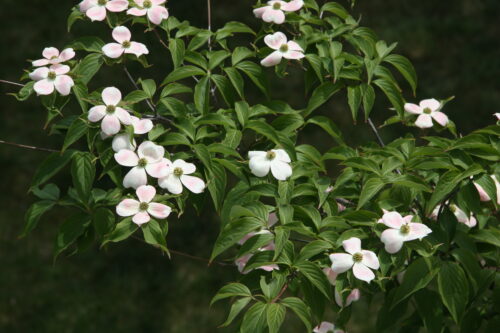AlterNATIVES
March 20, 2020 9:25 am

In Virginia, you know spring is just around the corner when you begin to see blooms on cherry, magnolia, pear, redbud and dogwood trees.
These same signs of spring can serve as a reminder that it’s a good time to assess the plants growing on your property and make a plan to get rid of the invasive species.
Non-native invasive plants usually have rapid reproductive rates, lack natural control agents and out-compete native species — that is, they can completely take over a landscape!
There are numerous invasive plant species in Virginia, ranging from grasses and vines, to shrubs and trees. The Virginia Department of Conservation and Recreation Natural, Heritage Division maintains a list of plant species that pose a threat to the Commonwealth’s forests, native grasslands, wetlands or waterways.
Four significant species that are common throughout the southeastern U.S. are tree-of-heaven, Japanese honeysuckle, Chinese privet and Callery (or Bradford) pear. You can read more about each species on these factsheets.
Removing invasive plants often requires substantial effort and patience, but the reward is a natural area composed of diverse native plants. If you are successful in eradicating invasive plants on your property, congratulations! But what’s next? The work does not stop there. Now it’s time to replace the invasive species with native alternatives. Without planned replacement, those pesky invasive plants may just creep back onto your property.
Check out the AlterNATIVES factsheet for native alternatives that will keep your yard beautiful and the planet healthy!
These factsheets were created by the Southern Group of State Foresters, Forest Health Committee.
Tags: Invasive Species, Native Species
Category: Forest Health





